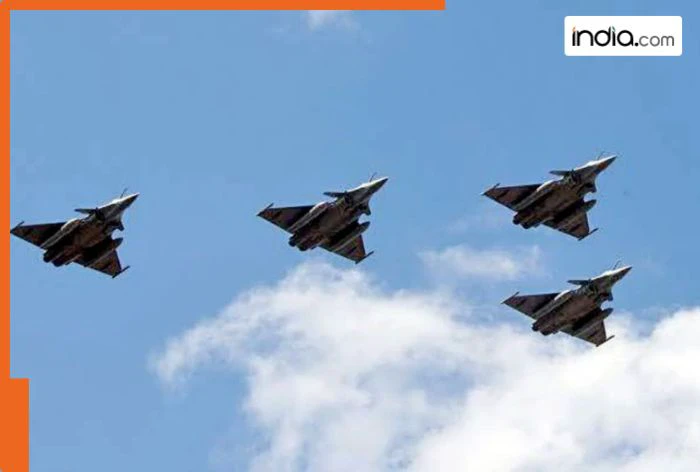New Delhi: The Indian Army is working relentlessly on the modernization of weapon systems of all three armed forces. Along with the development of lethal weapons, focus is also being given to small arms such as CQB carbines.
After Operation Sindoor, India has taken a slew of major decisions and launched multiple projects simultaneously to multiply its military strength. These include the development of lethal weapons such as missiles and fighter jets, along with a focus on small arms like CQB carbines.
Here are some of the key details:
- To enhance the combat capability of all three armed forces, India is working on the modernization of its weapon systems.
- Some of these weapons will be manufactured domestically, while others will be procured from abroad.
- The biggest decision by India has been regarding the development of fifth-generation fighter jets.
- India has launched an ambitious project to build the Advanced Medium Combat Aircraft (AMCA).
- India is also working rapidly on an indigenous hypersonic missile program.
- The country is developing an advanced version of the BrahMos supersonic cruise missile.
- India has nearly completed work on the next missile in the Kalam series, the K-6.
- The K-6 is an indigenously developed submarine-launched hypersonic ballistic missile with a range of 8,000 kilometers.
- India is developing a modern version of its multi-barrel rocket launcher (MBRL) Pinaka.
- The Defence Research and Development Organisation (DRDO) will soon begin production of new variants of the Pinaka rocket system with extended ranges of 120 kilometers and 300 kilometers.
- The Tejas MK2 will be equipped with advanced systems such as an indigenous Active Electronically Scanned Array (AESA) radar and an Infrared Search and Track (IRST) system.
- It is expected that in the coming years, the Indian Air Force may place an order to procure 200 indigenous Tejas MK2 aircraft.
India is developing an indigenous air defense system similar to Russia’s S-400. It is being built under ‘Project Kush’. After Operation Sindoor, the pace of this project has been accelerated. Under this initiative, three versions are being developed to intercept short-range, medium-range, and long-range threats in the air.
